CONTROLS:
Move: WASD | Left stick analog
Jump: Spacebar | A/X button Sprint:
Shift key | Left stick button
Sneak: Control key | Right stick button
Interact: X key | X/Square button
Attack: Left Mouse button | RT/R2
Block: Right Mouse button | LT/L2
Lock-On: C Key | D-Pad Up
Shape-Switch: Q or E key | LB/L1 or RB/R1
Restart: Esc key | Start button
Debug view: Tab key | Select button
FEATURES:
Path-based 2.5D Movement: Top-down style X, Y movement on a flat plane with simple friction and inertia. Z movement based on variable jump value + y coord of object that moves along a pre-defined curved path. Z value is added to Y value when rendering to achieve 2.5D effect.
Paper Thin Collision: Pixel perfect collision in a 2.5D space. Objects collide down to the pixel while also preserving depth when colliding with structures from behind or in front. Buffers are possible and built in for purposes of giving objects 'thickness' but it is only to be used for non-rendered logic as the paper-style effect is apart of the game theme.
Moveable obstacles: Drag mechanic initiated by collision and pressing of the interact button (toggle). Obstacle slides toward player until centered and can be moved around via the player's movement mechanics. Objects to assert weight over the player slowing them down respectively.
Basic Combat Collison: Independent collision system from combat interactions. Multi-frame collisions based on custom shaped hitboxes and variable hit-frame range of attack animation. Blocking using the same collision system but with a hold option.
Axial Combat Collision: This system helps determine hits based on the axes said attack covers. This system both helps create a more reasonable hit registry by accounting for the fake 3D nature of the game ( i.e. overhands only hit targets close to the same Y position), while also creating variety in the ways to evade or block maneuvers based on the attack used due to axes not affected by said attack.
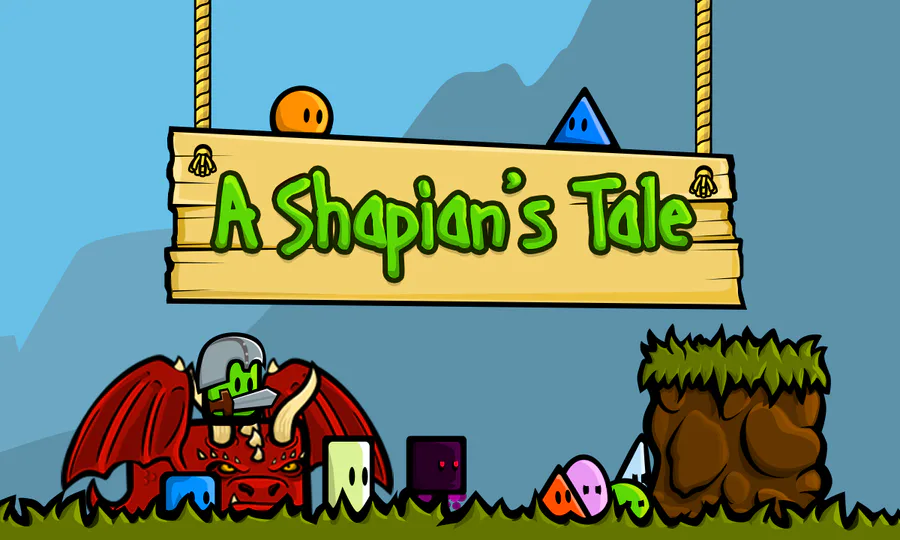
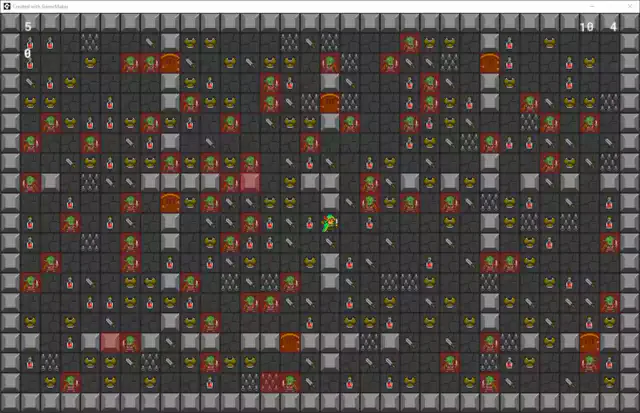


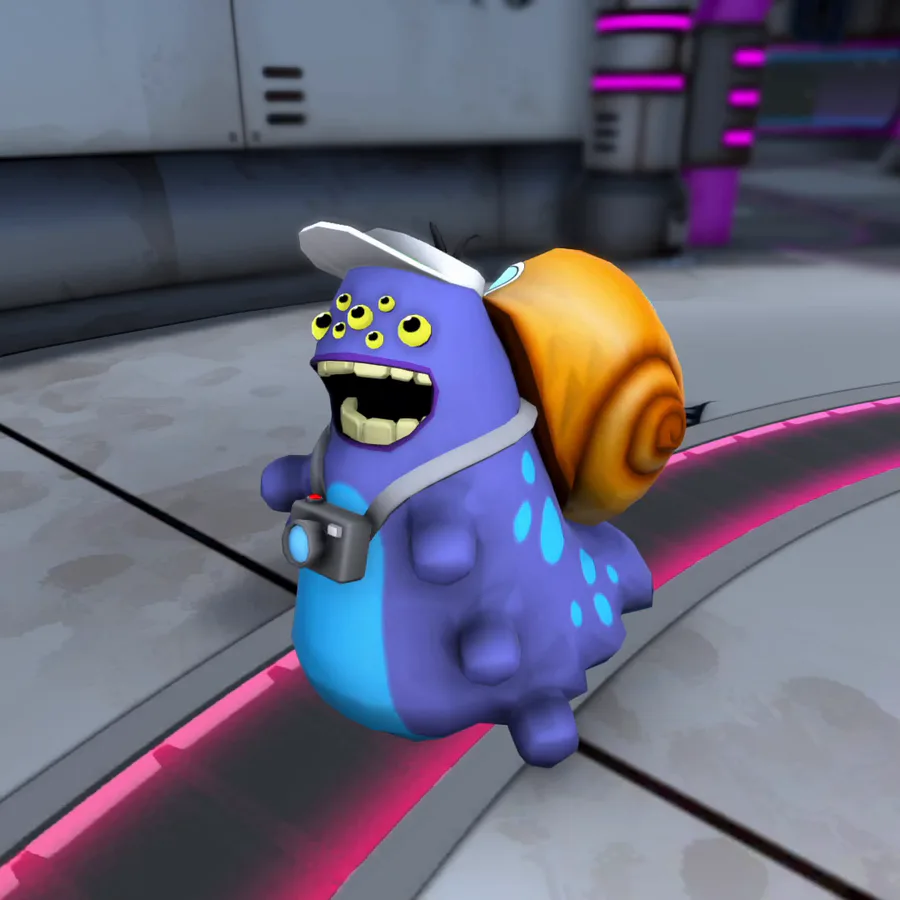
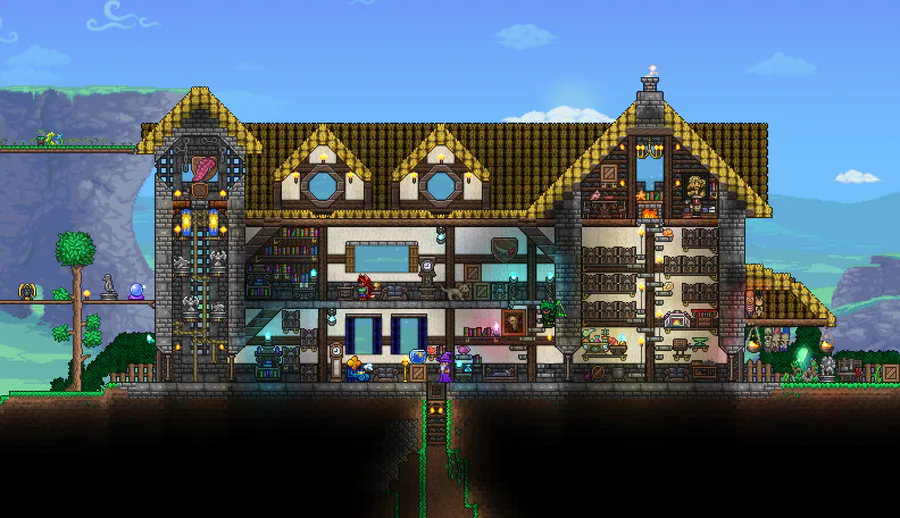
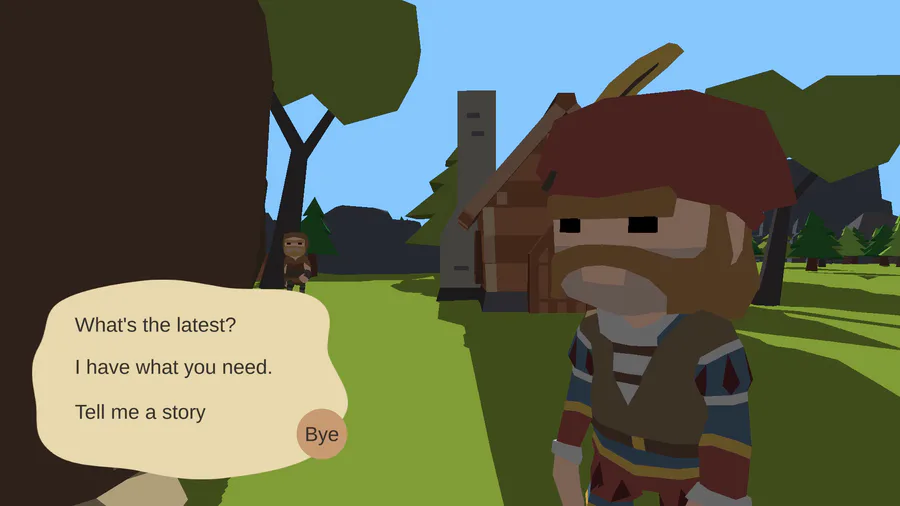
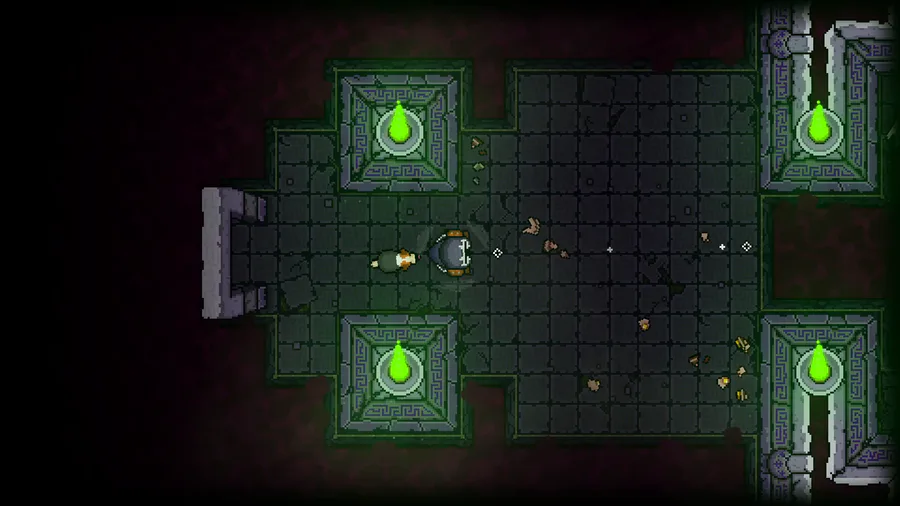
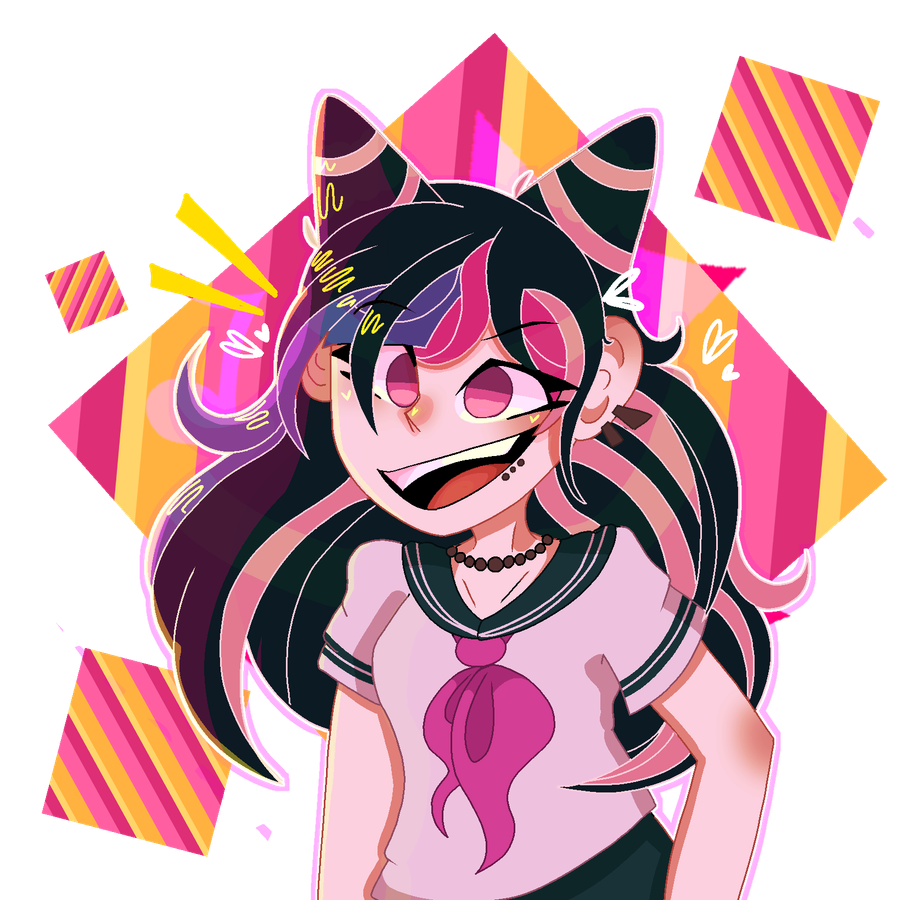
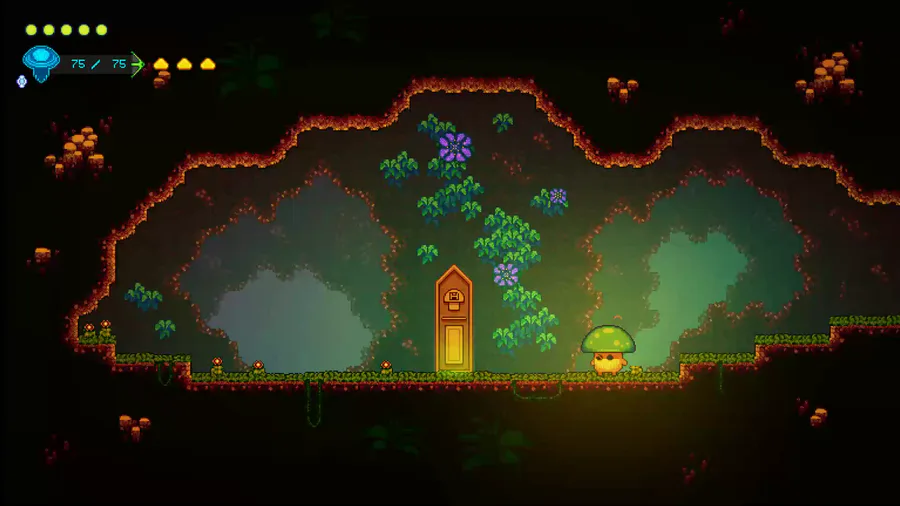
5 comments